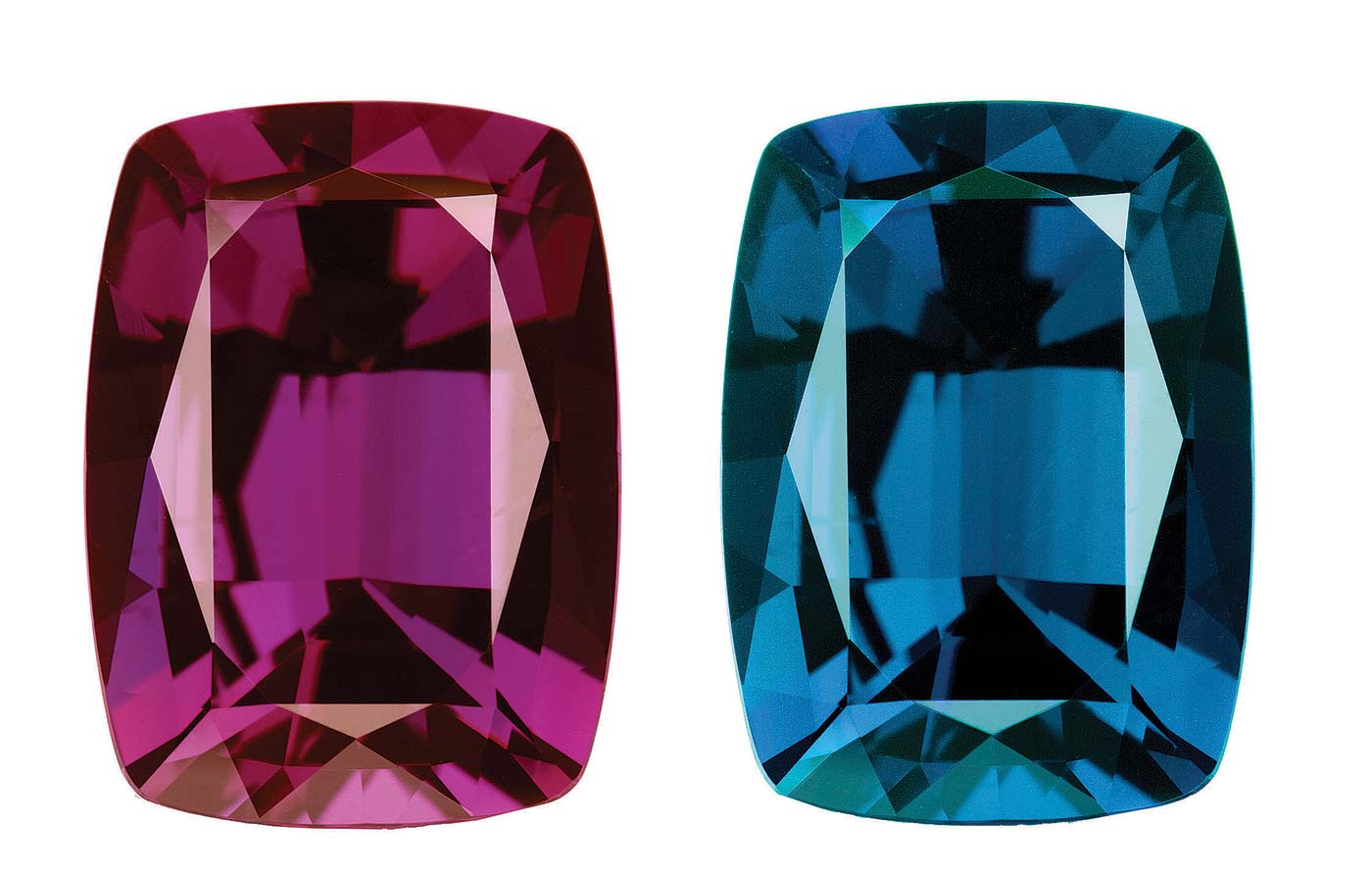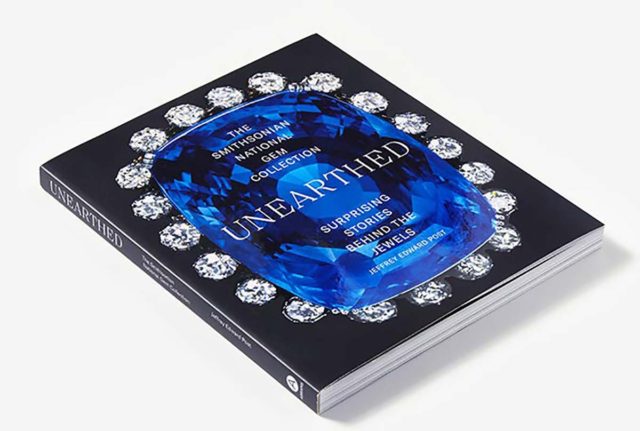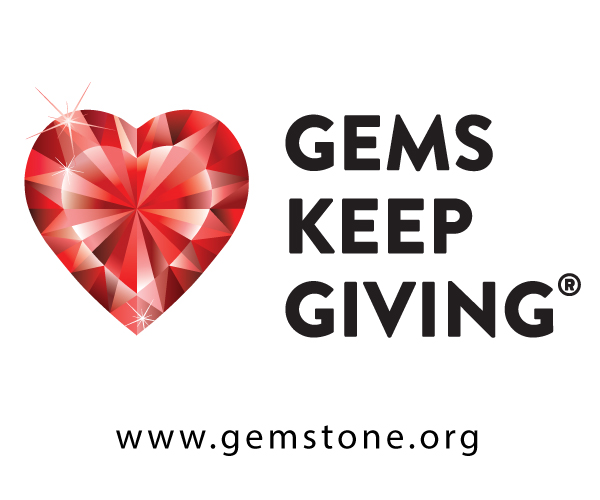Estimated reading time: 6 minutes
Knowing Jeffrey Post personally and having been to the back room of the Smithsonian Gem Hall, when I heard of this book being available, I knew it would be a must-have for my library. I was not disappointed and the praises that appear here are deserving of this work.
This beautiful book is filled with some of the most magnificent gems in the collection and what is so fascinating is that each tells a story—how it got there, who donated it and when, even the mystery that surrounds many of the gems and jewelry featured. Some mysteries were solved over the years and others remain for you to ponder its past history to current existence.
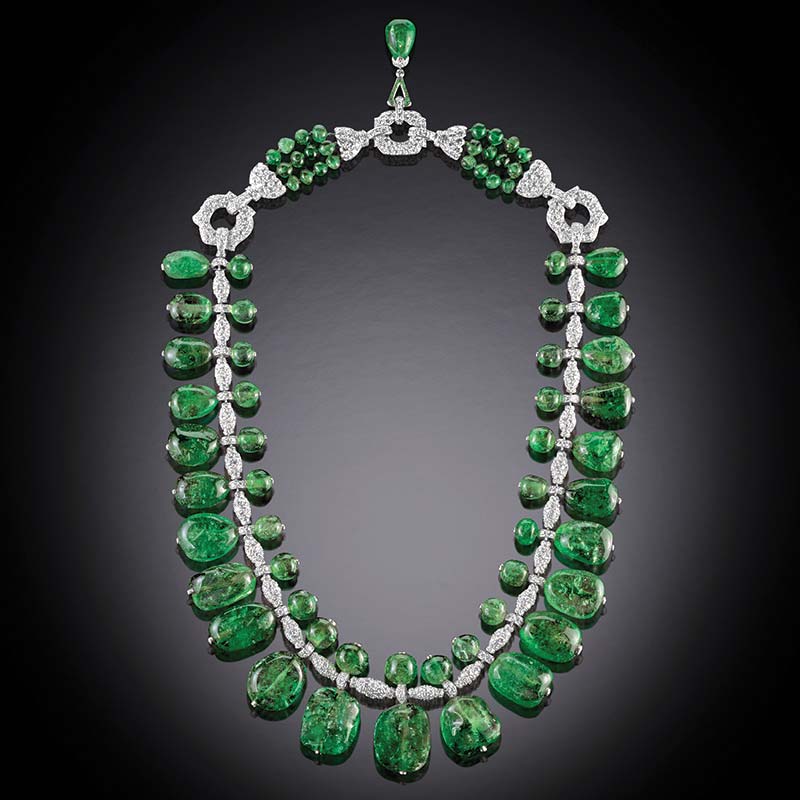
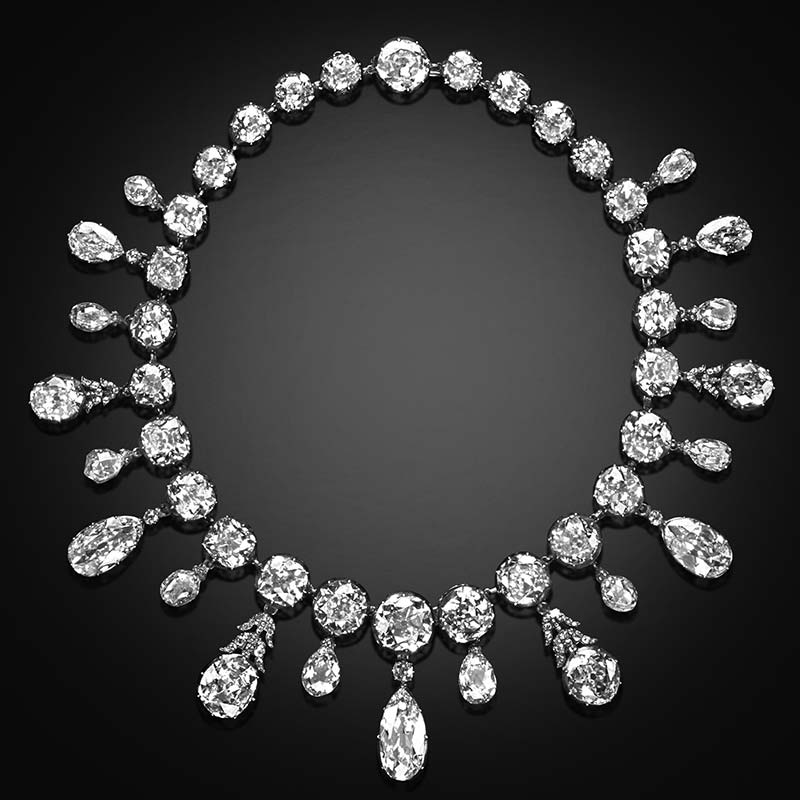
The book begins with a brief introduction of the Story of a Gem. The reader is grabbed from the opening paragraph where Post tells the story of how a gem goes from mineral to cut gemstone, and then gains value, a story, history, provenance, curses, romance, and more. A tease of some of the stories to follow in the book are mentioned like the fact that the Napoleon Diamond Necklace was sold by swindlers and the Austrian Archduke was tried for the crime in New York. The short opening sets the stage for the beauty and stories about to unfold in the pages that follow.
The next chapter, “A Storied Collection,” begins with the legacy of Marjorie Merriweather Post, of the famous Post cereal family. Jeffrey Post is not related but tells the story of how he wondered as a little boy if he were related to the family of the cereal on his breakfast table. He never thought that one day he would be curator of the collection that contained so many items from Ms. Post herself. In the 1960s, she began donating and convincing other friends to do the same over the years. She was a true force in building the collection, and between her generosity and the acquisition of the famous Hope Diamond donated by Harry Winston in 1958, the Smithsonian ranks as the premier collection of gems and jewelry in the world.
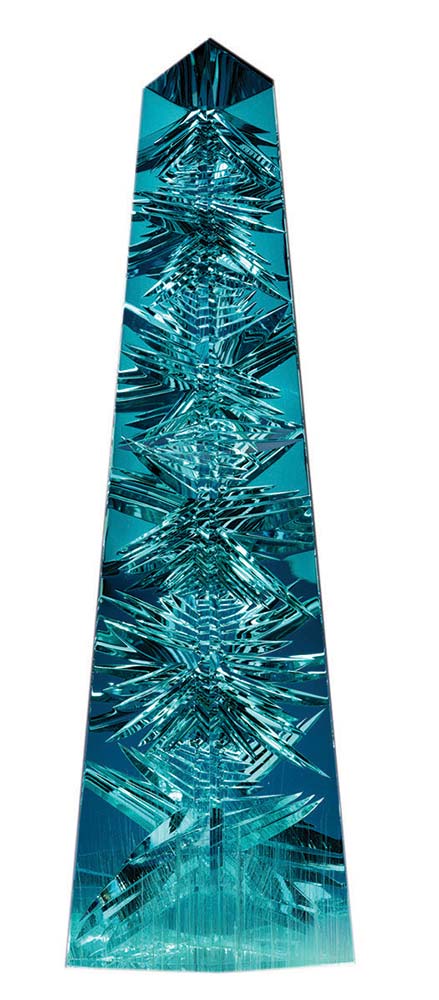
This chapter then tells the tales of 40 items, mostly jewelry, some gemstones, that are among the favorites of the author and the visitors. The photos are exquisite and the stories are fascinating. This is history retold. The gems and jewelry came from royalty, celebrities, socialites, and “ordinary” folks, as he states. But they all gave generously for the good of the museum. Some of the collection includes pieces such as the Marie Antoinette Diamond Earrings, the Post Emerald Necklace, the Napoleon Diamond Necklace, the Maximilian Emerald, and the Star of Bombay, bequest of Mary Pickford in 1980. There are several more recent acquisitions, too, such as the Carmen Lucia Ruby in 2004, the Whitney Alexandrite in 2009, and the incredible Dom Pedro aquamarine, an obelisk carved crystal by Bernd Munsteiner in 2011.
Following the collection, the next chapter is A Dozen Notable Gems. Here, as the introduction states, are some of the diverse earth’s minerals, many are the finest known, or world-record holders, or minerals rarely cut as gems, or simply because they are beautiful. Though some are set in jewelry, Post selects these for the rare qualities of the gem, not so much for the jewelry they are mounted in, though also beautiful.
Next up is Gem Families, a chapter that offers a little gemology presented to interest the novice, followed by more exquisite photos of the collection. Here, the sections of this chapter are by the gemological species, starting with notable diamonds, and then corundum, beryl, tourmaline, spinel, topaz, and more. Each has a simple, short explanation on the gemological and mineralogical properties of gem families.
I admired how Post could sum up a gem in one paragraph as he did for so many: spinel in one paragraph noting the history and gem properties! Brilliantly done. The photo captions give us additional details such as the sources of the famous spinels in the collection.
As if you weren’t completely satisfied by now, Post saves the best for the last. The last chapter is simply titled “The Hope Diamond.” There have now been more than 200 million visitors to see the Hope. I have heard Post lecture on the Hope Diamond before and, yet, this was like experiencing it all for the first time again. You may know the story, but to see it once more in the detail that he provides regarding the history, the legends, the mystery solved, and the final product, is a fitting end to the book. The final text is a dedicated page to the myth, Is the Hope Diamond Cursed? and the final photograph is the Hope Diamond itself with an inset of the diamond in actual size.
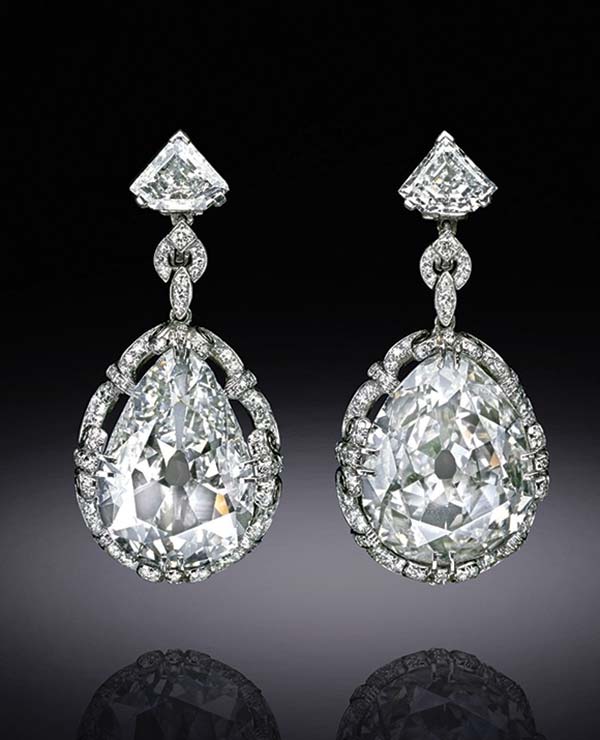
This book has something for everyone, be it a historical antique jewelry item or a modern gem crystal. To the experienced gemologist, it is a confirmation of what we know in its full glory to enjoy. To the non-industry reader, this will have many jaw-dropping moments and will make them add the Smithsonian to their must-see list or remind them to visit again. You just cannot get tired of an exhibition like this.
This book has something for everyone, be it a historical antique jewelry item or a modern gem crystal. To the experienced gemologist, it is a confirmation of what we know in its full glory to enjoy. To the non-industry reader, this will have many jaw-dropping moments and will make them add the Smithsonian to their must-see list or remind them to visit again. You just cannot get tired of an exhibition like this.
